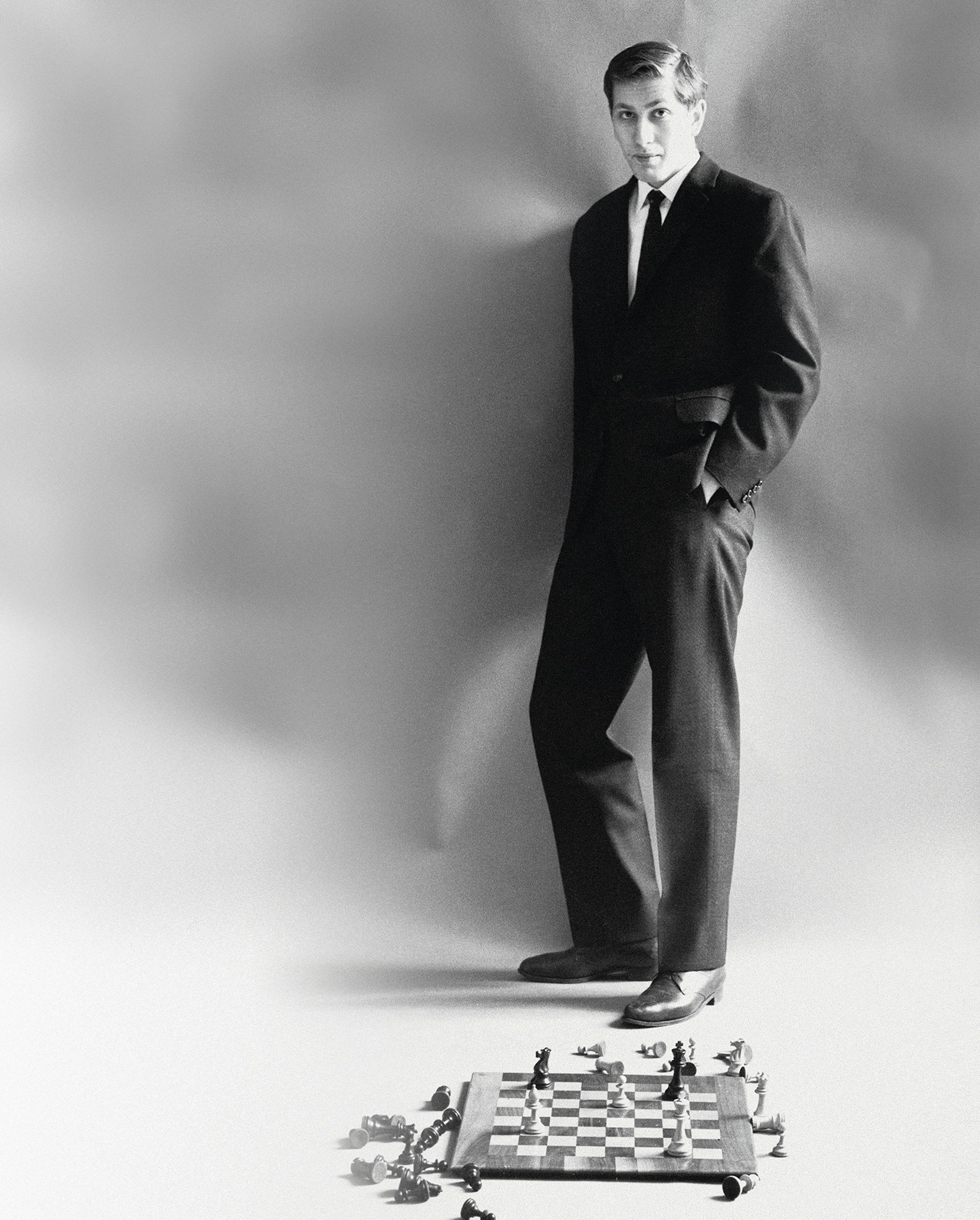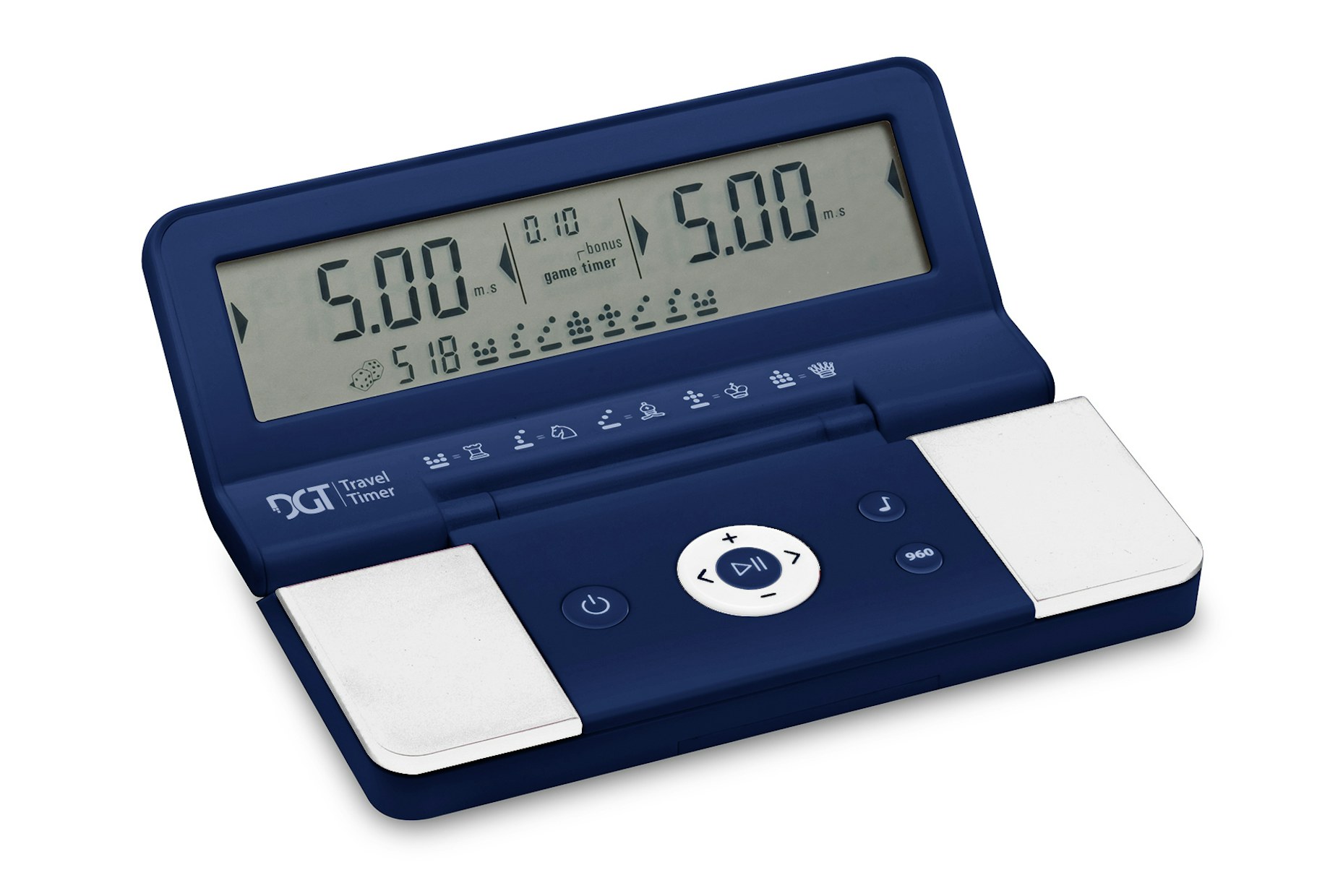What is Chess960 or Fischer Random Chess?
Chess960 or Fischer Random Chess was invented by Bobby Fischer, the 11th, and perhaps most legendary World Chess Champion. Fischer first presented his vision for the future of chess in Buenos Aires, Argentina on June 19, 1996. Chess960 may be the most important legacy he left for his fans and chess devotees around world. It is a refined version of so-called Randomized Chess or Shuffle Chess variations. With this alternative way of playing chess, Bobby Fischer returned creativity and talent back to the center stage.

How Chess960 works
Chess960 accomplishes this by eliminating any advantage a player may have from studying chess openings. By shuffling the pieces on the back row, according to certain rules, and mirroring the position on the other side of the board, a total of 960 different starting positions can be created. Knowledge of classical opening theory is no longer an advantage in Chess960 and players have to be creative from the very first move.
Not a replacement for Classical chess
Chess960 was not invented to replace Classical Chess but instead exists alongside the traditional form of playing chess with the conventional starting position. Playing Chess960 improves player’s chess skills and their general knowledge about the game.
Reconized by FIDE
Chess960 is recognized by the World Chess Federation FIDE as the only other form of chess next to Classical Chess and official rules for playing Chess960 were formulated by FIDE. Each year official Chess960 World Championships are organized. Chess960 is easy to learn and can be enjoyed by any one.
Compatible DGT chess clocks for Chess960
DGT developed the pocket-size DGT Travel Timer Foldable Chess Clock with the unique possibility to generate random Chess960 starting positions. Simply press the 960 button on the timer to bring alive the new way to play chess. Anyone who knows the rules of chess will experience much joy playing Chess960. As a tribute to Bobby Fischer, DGT invites chess clubs, schools, organizers and tournament directors from all over the world to organize a Chess960 tournament.

Basic Rules Chess960
At the start of every Chess960 game, all white pawns are placed on the second row and all black pawns on the seventh row exactly as in a game of Classical Chess. The white chess pieces are placed on the first row and the black pieces on the eighth row in a mirror image of the white pieces, again just like in Classical Chess. The only difference with Classical Chess is that the position of the pieces on the first and eight rows is not in the traditional order but in a randomly determined order. When placing the pieces on the 1st and 8th row the following rules must always be followed:
- Each player has one white squared bishop and one black squared bishop.
- The king must always be placed between rooks to allow castling.
These restrictions result in a total of 960 possible different starting positions. This includes the standard Classical Chess starting position and 959 other starting positions. The actual rules to play Chess960 are the same as for standard Classical Chess. The only exception is the castling move as is explained below.
White and Black have identical and symmetrical starting positions. From their side of the board the player’s pieces are facing each other directly, symmetrically. For example, if the random shuffler places White's pieces in the following positions:
- Ra1, Bb1, Kc1, Nd1, Be1, Nf1, Rg1, Qh1
Black’s pieces must be placed as follows:
- Ra8, Bb8, Kc8, Nd8, Be8, Nf8, Rg8, Qh8.
Note that in Chess960 the same notation is used as in Classical Chess.
Castling
In Chess960 the rules for castling are somewhat modified and broadened to make castling possible from any Chess960 starting position. Castling gives Chess960 great dynamic appeal because the castling move can radically change the nature of the position. Castling is one of the reasons why Chess960 has become very popular. In Chess960 before castling the king and rook will usually be on different squares compared to their initial squares in standard Classical Chess. After castling however they will be on the same squares as in Classical Chess:
Castling the king and rook
- Short castling: just as in Classical Chess after short castling (0-0 or kingside castling) the king and rook will be on squares g1 and f1 (g8 and f8 for Black). In Chess960 this is called h-side castling or 0-0.
- Long castling: just as in Classical Chess after long castling (0-0-0 or queenside castling) the king and rook will be on squares c1 and d1 (c8 and d8 for Black). In Chess960 this is called a-side castling or 0-0-0.
Prerequisites
Castling in Chess960 has the same prerequisites as castling in Classical Chess namely:
- The king and the castling rook must not have previously moved.
- No square between the king's initial and final squares (and including the initial and final square) may be under attack by an enemy piece.
- All squares between the king's initial and final squares (and including the final square) and all squares between the rook's initial and final squares (and including the final square) must be vacant except for the king and castling rook.
Observations
In some Chess960 starting positions, some squares can remain occupied during castling that would have to be vacant in standard chess. For example, after a-side castling (0-0-0), it is possible that a, b, and/or e are still occupied; and after h-side castling (0-0), it is possible that e and/or h are occupied.
In some starting positions, the king or rook (but not both) do not actually move during castling. From some Chess960 starting positions only one piece has to be moved to make the castling move. For example when castling a-side from a starting position where the white King is on e1 and the rook is on d1 only the King has to be moved (from e1 to c1) to castle.
Similarly there are Chess960 starting positions in which only the rook has to be moved to castle. It is recommended that a player state "I am about to castle" before castling, to avoid potential misinterpretation.
Correct before castling positions
If you are in doubt about the correct "before" and "after" castling positions in Chess960, please consult the following tables, showing all 84 possibilities of castling (42 for White and 42 for Black).
All twenty-one White "Before" positions and the one "After" position of a-side castling (0-0-0):
- Before: Kg1; Rf1, e1, d1, c1, b1 or a1. After: Kc1; Rd1.
- Before: Kf1; Re1, d1, c1, b1, or a1. After: Kc1; Rd1.
- Before: Ke1; Rd1, c1, b1, or a1. After: Kc1; Rd1.
- Before: Kd1; Rc1, b1 or a1. After: Kc1; Rd1.
- Before: Kc1; Rb1 or a1. After: Kc1; Rd1.
- Before: Kb1; Ra1. After: Kc1; Rd1.
All twenty-one White "Before" positions and the one "After" position of h-side castling (0-0):
- Before: Kb1; Rc1, d1, e1, f1, g1 or h1. After: Kg1; Rf1.
- Before: Kc1; Rd1, e1, f1, g1 or h1. After: Kg1; Rf1.
- Before: Kd1; Re1, f1, g1 or h1. After: Kg1; Rf1.
- Before: Ke1; Rf1, g1 or h1. After: Kg1; Rf1.
- Before: Kf1; Rg1 or h1. After: Kg1; Rf1.
- Before: Kg1; Rh1. After: Kg1; Rf1.
Correct after castling positions
All twenty-one Black "Before" positions and the one "After" position of a-side castling (0-0-0):
- Before: Kg8; Rf8, e8, d8, c8, b8 or a8. After: Kc8; Rd8.
- Before: Kf8; Re8, d8, c8, b8 or a8. After: Kc8; Rd8.
- Before: Ke8; Rd8, c8, b8 or a8. After: Kc8; Rd8.
- Before: Kd8; Rc8, b8 or a8. After: Kc8; Rd8.
- Before: Kc8; Rb8 or a8. After: Kc8; Rd8.
- Before: Kb8; Ra8. After: Kc8; Rd8.
All twenty-one Black "Before" positions and the one "After" position of h-side castling (0-0):
- Before: Kb8; Rc8, d8, e8, f8, g8 or h8. After: Kg8; Rf8.
- Before: Kc8; Rd8, e8, f8, g8 or h8. After: Kg8; Rf8.
- Before: Kd8; Re8, f8, g8 or h8. After: Kg8; Rf8.
- Before: Ke8; Rf8, g8 or h8. After: Kg8; Rf8.
- Before: Kf8; Rg8 or h8. After: Kg8; Rf8.
- Before: Kg8; Rh8. After: Kg8; Rf8.
